Hi there!
An ICOCA card is basically a prepaid card or recharge card to pay for public transportation in a convenient way.

The ICOCA card is a type of IC card, similar to a suica card or pasmo card.
You’ll put money on this card ahead of time so all you have to do for trains and buses is swipe to pay.
There are some train lines in Kyoto that may not accept ICOCA cards as a way to pay (like tourist trains), but I think that you will find for most places you visit, you can use the card.
Reserved trains will still also need separate tickets on top of the normal train fare. The easiest thing to do in that case I think is to just find a nearby train station worker that can help you buy the additional ticket!
These are typically “limited express” type trains, and not “local” trains.
An example of this type of situation in which you need an additional ticket is going by train from Tokyo to the Chureito Pagoda for famous Mt Fuji views. You can swipe in and out at the ticket gate as you usually would, and then you can actually buy the added-fare ticket at the platform before you board the limited express train.
This might sound confusing, but don’t stress too much about it. You’ll probably figure it out! And if you do make some mistakes along the way… all a part of the Japan adventure. 😉 See some tips for your first trip to Japan though!
So about getting your icoca card.
You’ll likely be able to buy an icoca card at the first train station you go to in Kyoto or Osaka.
You can also buy them when you arrive at Kansai airport (Osaka’s major international airport).
You should be able to buy it at the same ticket machine that you buy the train tickets.

Instead of buying a train ticket though, you’ll look for the option to buy an ICOCA card. At major train stations, there will be an option to switch the language to English.

Everyone you’re traveling with will need an individual card.
While it’s possible to pre-order this ahead of time and buy it before you go to Japan, that is really not necessary, even if you are the over-planning type.
The card does NOT save you money
You’ll pay the regular bus fare or train fare, and this in no way will save you money.
It’s just highly convenient.
As a recharge cash card, it doesn’t cost you any extra money either. (Well, except to buy the card itself.)
But for individual trips, it won’t cost anything extra.
If you’ll be taking a lot of local buses and trains for travel within cities, you’ll want to highly consider getting one of these cards.
They can make your life MUCH easier!
One of the biggest advantages for the train is that you won’t have to buy individual train tickets. And when you don’t have to buy train tickets, it means it can save you time too!
For buses, you don’t have to be concerned about always having exact change.
If you’ll be taking the bus a lot in a single day in Kyoto, you’ll want to look into the one day Kyoto bus pass instead of using the ICOCA card. This will generally be worth it if you plan to take the bus more than 2 times.
For a day trip from Kyoto, you might also look into the Kurama Kibune Ohara day pass for public transportation.
🗾
Now…
How to buy train tickets WITHOUT an icoca card

To show you why you need an ICOCA card (okay, why you should REALLY consider it!), let’s talk about how to buy local train tickets.
First you’ll go over to the area to buy train tickets.
Then, you need to figure out how much you need to pay.
In order to figure out how much you need to pay, you’ll have to find the train station you’re going to on the map.
Then once you’ve figured it out, you go through the process to buy the train ticket at the ticket machine.


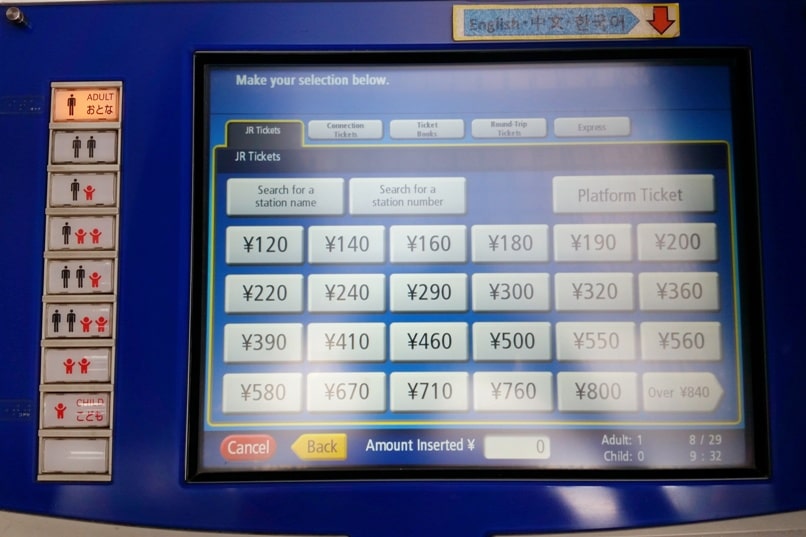
You can bypass all of this if you have an ICOCA card! Which, in the end, WILL save time!
You can go straight to the ticket gate and swipe through! You’ll tap both on entry and exit.

Side note!
Japan experiences you will love
Read the reviews at partner websites!
- Kumano Kodo ancient pilgrimage trail (temples and shrines through the mountains)
- Must-see sumo show
- Traditional yukatabune dinner cruise
- Fun ninja lesson
- Koyasan pilgrimage temple town

If you have a train ticket, you’ll insert the ticket in the slot, also both at entry and exit.
On entry, the ticket will come out again and you need to grab it.
On exit, you insert the same ticket, but no ticket will come out – you’re done.
If you want to keep train tickets as a souvenir to take home with you, you can go over to the train station worker at manned ticket gates and explain that you’d like to keep it. They will stamp or put a hole in the ticket indicating that it’s used up, and then you can keep it!
Paying for the bus fare without an icoca card is a bit easier than the process of buying for train tickets, but it’ll still add convenience!

ICOCA card in Tokyo?
If you’re in Kyoto or Osaka first before Tokyo and you buy the icoca card, you can use it in Tokyo.
If you are in Tokyo before Kyoto, you can get a suica card or pasmo card. (ICOCA cards aren’t sold in Tokyo.)
Then when you are in Kyoto, you can use the suica and pasmo cards wherever icoca cards are accepted.
These cards are used all across Japan, so it’s also not just limited to the major cities.
ICOCA card vs SUICA vs PASMO
Nowadays, these are all basically the same thing.
These are all called “IC cards” and can be used in the same way.
So wherever you see that IC cards can be accepted, you can use an icoca, pasmo, or suica card.
It used to be that the cards were region-specific and you could only use the cards in a certain area.
But now there’s generally no such restriction.
You’ll see ICOCA more so in Osaka, Kyoto, and Hiroshima, while you’ll see more of suica and pasmo in Tokyo.
There are also more types of IC cards too.
One of the exceptions is that in Okinawa, you need to get a certain type of IC card called the okica card, as the popular IC cards aren’t accepted.
But in general, you’ll find it to be convenient to travel around Japan with an icoca card!
Use IC cards for more than just transportation
Some convenience stores accept IC cards, and some vending machines do too.


You may even be able to pay for coin lockers (luggage storage) at train stations with an IC card.

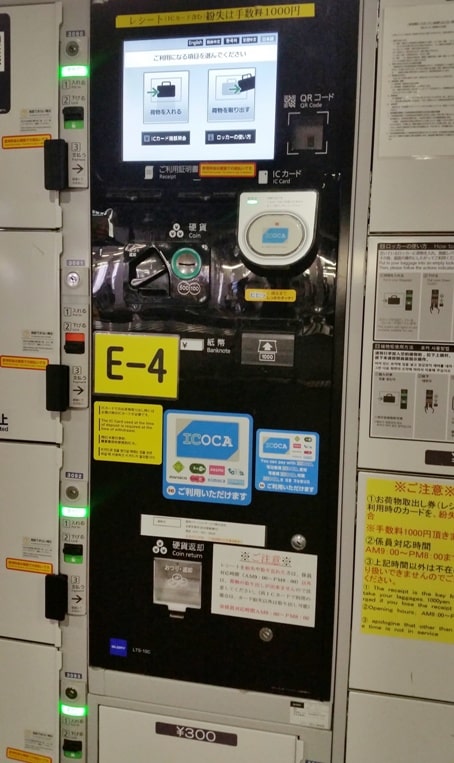
See an example of how coin lockers work for luggage storage.
How much do ICOCA cards cost?
These cards cost around 500 yen (US$5), although technically this is just a deposit and you can return the card at the end of your Japan trip to get the money back.
But also consider keeping the card as a souvenir!
In order to get the deposit back, you’ll need to return the card at a station where you can buy ICOCA cards. (So you won’t be able to return it in Tokyo.)
How to recharge ICOCA cards
You can add more money to your card at the same place that you buy train tickets.
There may be separate “recharge stations” next to ticket machines too.
You may also see these recharge stations within the paid/gated area of train stations too, in case you realize after you’ve gone through the gates that the card is low on money.
You would find these stations right near the ticket gates.
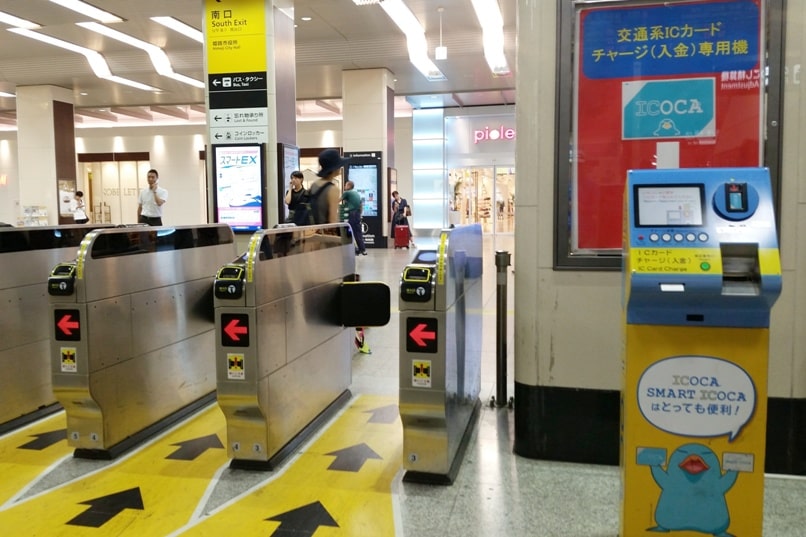

ICOCA cards vs JR pass?

There’s really no comparison between an ICOCA card and a JR pass, as you buy them primarily for different reasons.
The JR pass is first and foremost to save you money on long-distance train travel on the shinkansen bullet trains.
You can use the JR pass on JR lines for travel around cities too, for example to get around Kyoto or to get around Tokyo.
But sometimes the best way to get around locally once in a city may not be to take a JR train or a JR bus.
And in those cases, you can just use your ICOCA card to swipe through to pay.
And here are tips to figure out if the JR pass is worth it if you’re still deciding on that.
HAPPY TRAVELING KYOTO WITH YOUR ICOCA CARD!
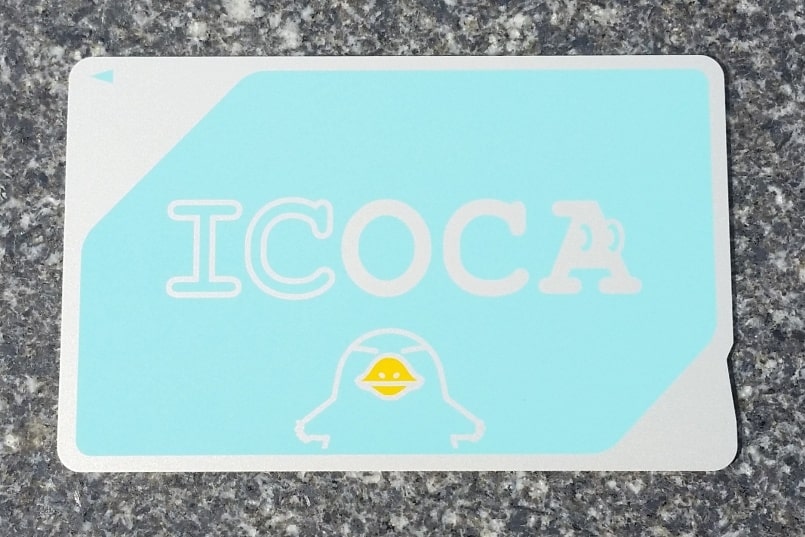
Here are ideas for your Kyoto itinerary!
- Day 1: Top tourist spots with one day bus pass
- Day 2: Fushimi Inari Shrine hike through 1,000 torii gates
- Day 3: Philosopher's Path walk
- Day 4: Arashiyama and Sagano
- Day 5: Kurama Kibune Ohara with one day pass
PLUS Kyoto cherry blossom itinerary and Kyoto fall colors itinerary!
And the JR pass makes it time-efficient to travel around Japan by train and is a popular option among international travelers! See how to figure out if the JR pass will be worth it for you!
Is a JR pass worth it?!
- Google maps can make it easy to figure out whether or not you should get a JR pass!
- In google maps, type in your departure and arrival city, and choose the transit icon. The route will come up, and so will the estimated cost at the bottom!
- Here is an example of a train route with cost on google maps.
- So do that for all of your long distance routes to figure out how much it might cost.
- Next, go here to see how much a JR pass costs from an official JR pass vendor (and partner of this website).
- And compare!
- Not all forms of public transportation are JR, but long distance shinkansen bullet trains are, and that's where the most cost savings will come.
Best of Kyoto (and Japan!)
👇 Explore the best places to visit in Japan!
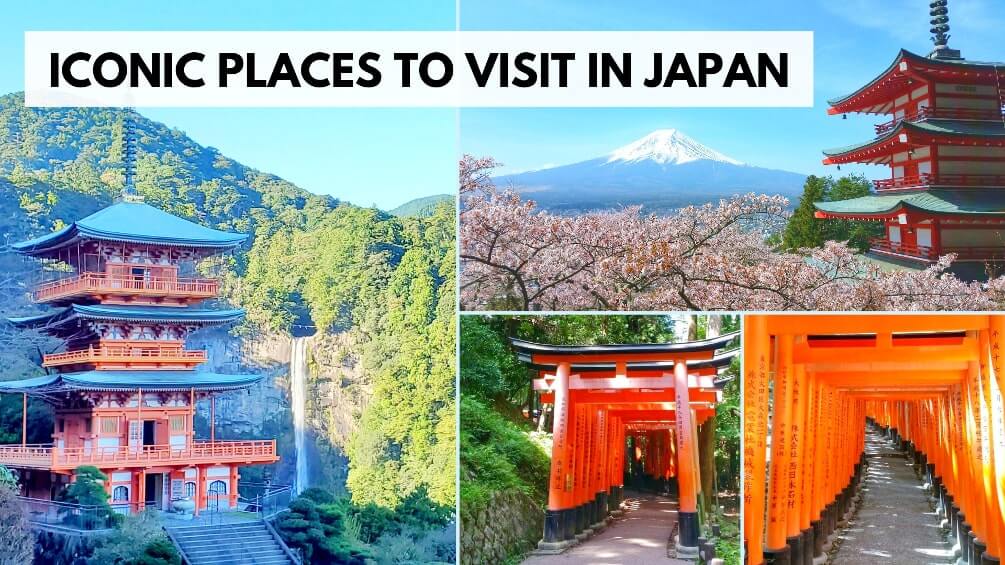
There are affiliate links on this page.

